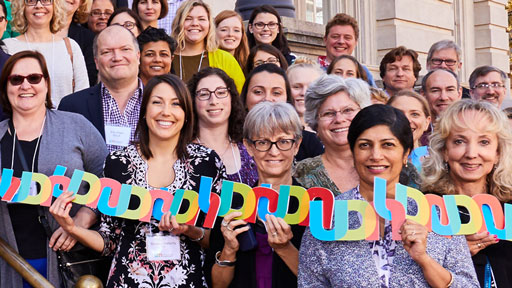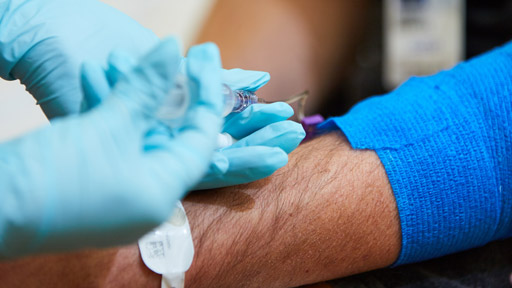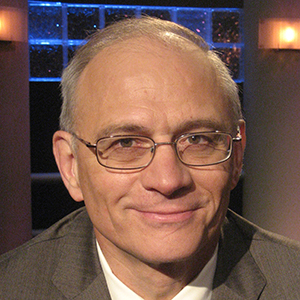
William A. Gahl, M.D., Ph.D.
Director
NIH Undiagnosed Diseases Program
Senior Investigator
Medical Genetics Branch
Head
Human Biochemical Genetics Section
Education
B.S. Massachusetts Institute of Technology
M.D. University of Wisconsin, Madison
Ph.D. University of Wisconsin, Madison
Human Biochemical Genetics Section Staff
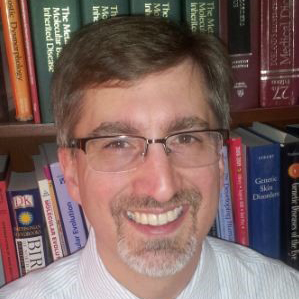
David Adams, M.D., Ph.D.
- Senior Clinician
- Office of the Clinical Director
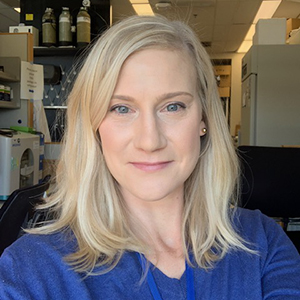
Elizabeth A. Burke, Ph.D.
- Scientist
- NIH Undiagnosed Diseases Program
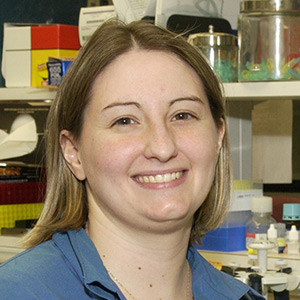
Carla Ciccone-Stevens, B.S.
- Biologist
- Human Biochemical Genetics Section
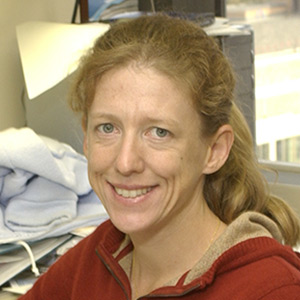
Heidi Dorward, M.S.
- Biologist
- Human Biochemical Genetics Section
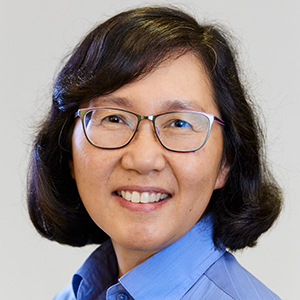
Bernadette Gochuico, M.D.
- Staff Clinician
- Human Biochemical Genetics Section
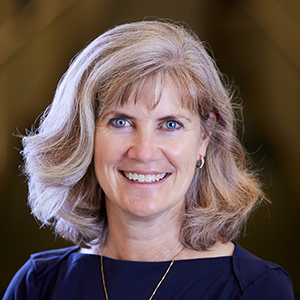
Wendy Introne, M.D.
- Staff Clinician
- Medical Genetics Branch
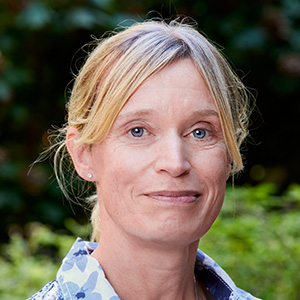
Marjan Huizing, Ph.D.
- Staff Scientist
- Human Biochemical Genetics Section
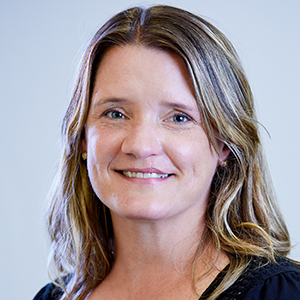
Dawn Maynard, Ph.D.
- Staff Scientist
- Human Biochemical Genetics Section
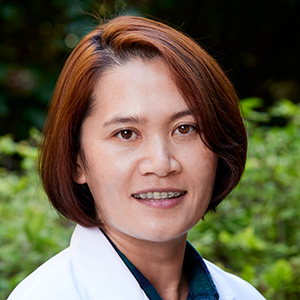
Petcharat N. Leoyklang, Ph.D.
- Scientist
- Human Biochemical Genetics Section

May Christine V. Malicdan, M.D., Ph.D.
- Director, Translational Laboratory
- NIH Undiagnosed Diseases Program
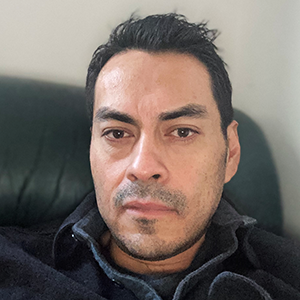
Gustavo Nieto-Alamilla, Ph.D.
- Postdoctoral Fellow
- Human Biochemical Genetics Section
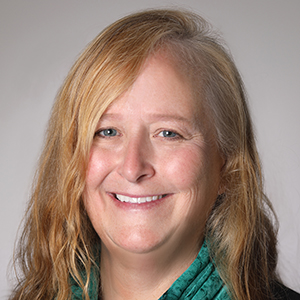
Melissa Merideth, M.D., M.P.H.
- Staff Clinician
- Office of the Clinical Director
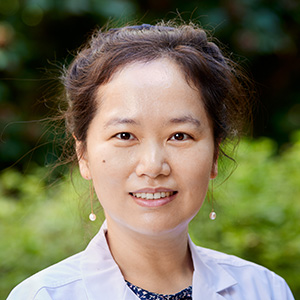
Caitlin Yuan, RN
- Clinical Research Nurse
- Human Biochemical Genetics Section
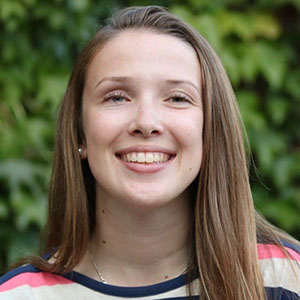
Molly Behan
- Postbaccalaureate Fellow
- Human Biochemical Genetics Section
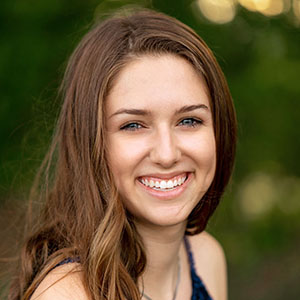
Kate Spears
- Postbaccalaureate Fellow
- Human Biochemical Genetics Section

Jessica Jang
- Research Coordinator
- Human Biochemical Genetics Section
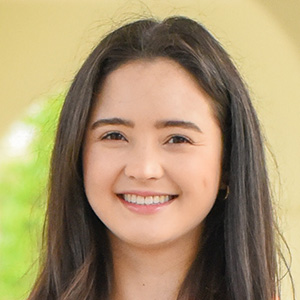
Madeleine Ames
- Postbaccalaureate Fellow
- Human Biochemical Genetics Section
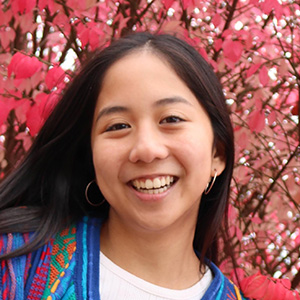
Irene Castillo
- Postbaccalaureate Fellow
- Human Biochemical Genetics Section
Last updated: August 23, 2024

